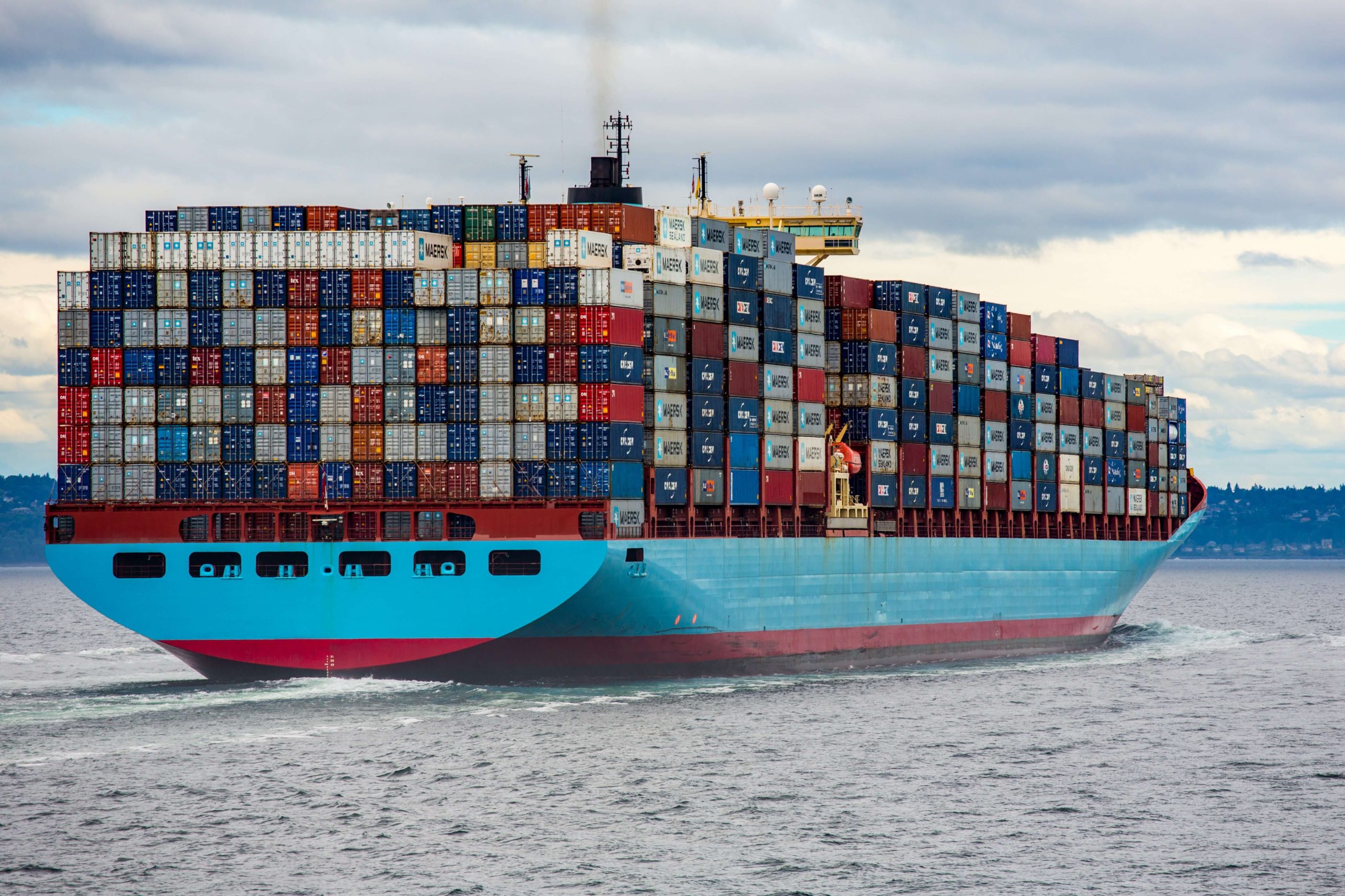China reduced imports year-on-year in March as the global economy stuttered following Russia’s invasion of Ukraine and a resurgence of the Covid-19 pandemic.
Overall, China shrank imports 0.1% to $228.7 billion. Accounting for the nasty price inflation now starting to bite, that represents a meaningful contraction. To boot, analysts had predicted an increase around 8%.
It’s part of a larger trend. On Tuesday, the World Trade Organization reduced its global trade growth forecast to 3% from 4.7%, largely because of the war in Europe.
One exception: China, which has declined to join the EU and U.S. in their harsh criticism of Russia invading Ukraine, increased imports from Russia 22.1% to $7.8 billion while exports fell 7.6% to $3.8 billion. By comparison, imports from the European Union declined 11.6% to $24.3 billion, while exports to the EU increased 21.7% to $44.4 billion. Imports from the U.S. fell 12.1% to $15.2 billion, while exports to the U.S. rose 22.7% to $47.3 billion. Exports to ASEAN countries increased 10.4% to $41.6 billion, while imports rose 2.3% to $34 billion. The ASEAN countries are now China’s largest trading partner, ahead of the U.S. and EU, as the world continues to economically splinter.
Chinese officials suggested an optimistic big picture. Chinese exports rose 14.7% year-on-year to $276.1 billion. For the entire first quarter, Chinese exports grew 15.8% to $820.9 billion. “Generally speaking, China’s foreign trade got off to a smooth start in the first quarter of this year, laying a good foundation for achieving the target for the whole year,” said spokesman Li Kuiwen. “At the same time, we should also see that there are some unexpected, sudden factors in the current international and domestic environments, the external environment of foreign trade is becoming more severe, development faces many risks and challenges.”
All the signs point to a contraction of Chinese industrial activity. China reduced imports of natural gas 7.8% year-on-year to 8 million tons, refined petroleum products 11.7% to 1.8 million tons, and crude petroleum oil 14% to 42.7 million tons. China broadly reduced its agriculture imports in March, as Covid helped delay freight arrivals. It cut imports of soybeans 18.2% year-on-year to 6.3 million tons, grain 5.6% to 12 million tons, and vegetable oil 60.6% to 307,000 tons.
Another major challenge: After a strong rebound in global trade driven by Western consumers spending stimulus money, the economy faces a possible recession, especially with inflation starting to bite. For example, China’s shipments of mobile phones declined by volume 8.6% to 66.9 million sets but increased 14.1% by value to $12.4 billion. That means people are buying less but prices are going up. One burgeoning sector of the Chinese industrial economy that continues to perform well is its production of cars and trucks. Automotive shipments increased 54.5% to $3.3 billion.
The development of the green economy has underscored the importance of rare earths. Exports of rare earths increased 100.1% to $116.6 million. For all their importance, rare earths remain a relatively small, niche industry.
With China buying less, that’s likely to increase calls for protectionism. In March, the overall trade surplus with the U.S. increased 50% to $32.1 billion, from $59.8 billion combined in January and February.
One hopeful sign: Exports of footwear increased 26.8% to $3.2 billion. Overall last month, China exported 597.8 million pairs of shoes.


